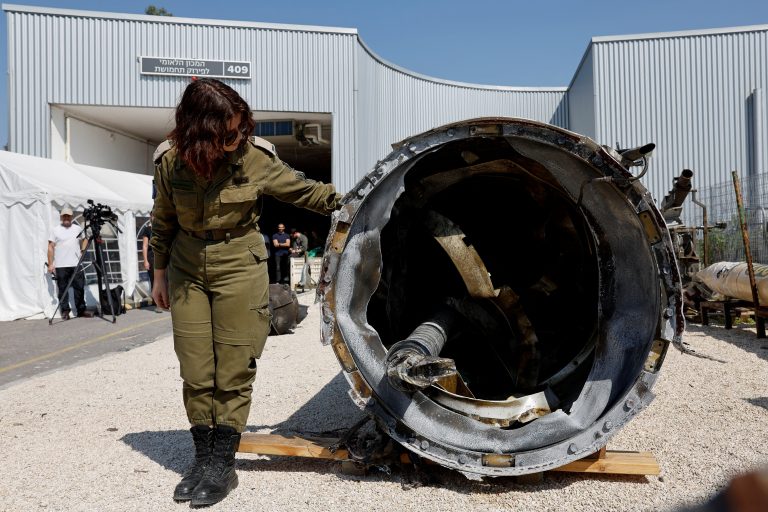On Monday, July 25, in California, firefighters began pushing back the wildfire known as the Oak Fire. The initial blaze started on Friday, July 22, is threatening the Yosemite National Park and has forced thousands of residents to flee their homes.
Firefighters have been fighting relentlessly since Friday against the blaze, the likes of which they have never seen before.
Wildfire hits California
According to officials with the California Department of Forestry and Fire Protection (Cal Fire), the fire began with burning embers and it was feared that they may have ignited smaller fires up to three kilometers ahead of the main blaze — a process called “spotting.”
However, firefighters have reported no signs of spotting, Natasha Fouts, spokesperson for Cal Fire, said on Monday. With the lack of other major fires in the area, Cal Fire was able to focus 2,500 firefighters on the Oak Fire.
With no strong winds hindering their progress, aircraft were able to fly by and drop water and fire retardant, officials said.
Success
You are now signed up for our newsletter
Success
Check your email to complete sign up
“We have concentrated all our crews throughout the state here. So if there’s a silver lining, it’s that we’re throwing everything at this fire right now,” Joseph Amador, another Cal Fire spokesperson, told al-Jazeera.
Cal Fire reported on Monday that the Oak Fire has burned 6,795 hectares of land, with 10 percent of the fire contained. This has been the most destructive fire in California this year, burning down more than three times the area than the Washburn Fire, which is nearing full containment.
The scale of the Oak Fire still falls behind last year’s Dixie Fire, which burned down around 405,000 hectares. Just north-east of the blaze, Yosemite National Park lies in danger, with some of the largest and oldest sequoia trees at risk.
“What we’re seeing in this [Oak Fire] is very indicative of what we’ve seen in fires throughout California, in the West over the last two years,” Jon Heggie, Cal Fire battalion chief, told CNN.
“These fires are burning with just such a velocity and intensity it makes it extremely challenging and extremely dangerous for both the public and the firefighters,” he added.
“It’s moving so quickly it’s not giving people a lot of time and they sometimes are just going to have to evacuate with just the shirts on their backs,” he said.
With “conditions of extreme peril to the safety of persons and property” at play, California Governor Gavin Newsom declared a state of emergency in Mariposa County on Saturday.
Evacuations have been carried out since Monday, as more than 6,000 people living in the Oak Fire zone fled their homes, though some stayed behind, Adrienne Freeman, a U.S. Forest Service spokesperson, said.
“We urge people to evacuate when told,” she added.
As Lynda Reynolds-Brown and her husband, Aubrey, took shelter in a primary school, they worried about the fate of their home, which they ran from as the ash fell.
“It just seemed like it was above our house and coming our way really quickly,” Reynolds-Brown told KCRA-TV.
READ MORE:
- New Report Reveals Shocking State of Australia’s Environment
- Spanish Wildfire Sparked by Blockchain-powered Autonomous Tree Planters, Again
- European Wildfires Are Detonating Unexploded 100-year-old Shells Fired in WWI
- The Government Caused New Mexico and North America’s Current Largest Wildfire, Agency Admits
Other than California, other parts of the western U.S. have been struck by wildfires that experts say are primarily caused by drought and climate change.
The U.S. has seen some temperatures rising above average over the last week, and the temperatures are expected to rise even further.
“Whatever it is, the conditions seem to be getting worse every year,” Amador at Cal Fire told al-Jazeera. “And every year we talk about record-setting years and here we are again. But we’re up to the task and we’re going to continue to do our best.”
















